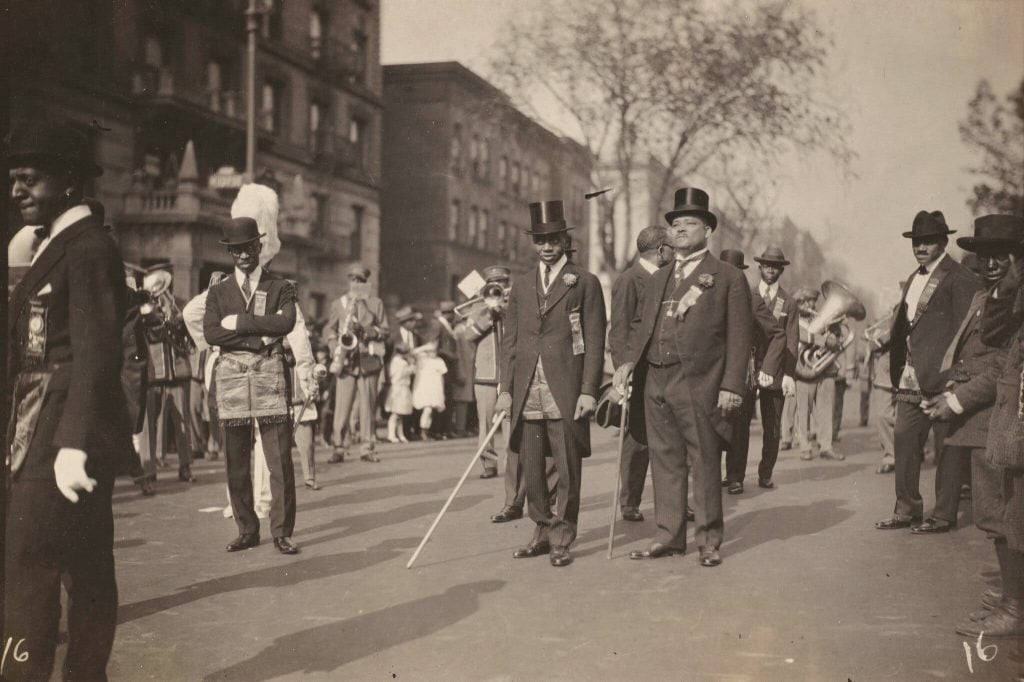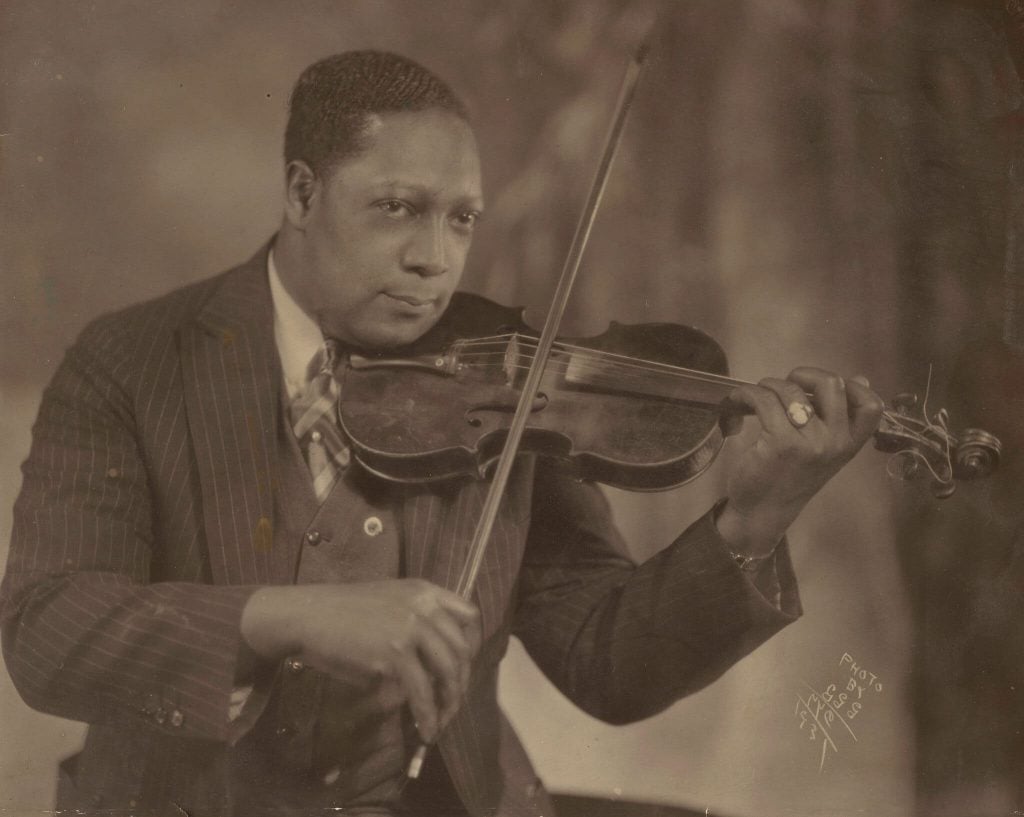An extraordinary archive of tens of thousands of printed photographs and negatives created by the pathfinding African American photographer James Van Der Zee (1886–1983) now has a new permanent home.
The trove, which has been cared for by his widow, Donna Van Der Zee, will now live at New York’s Metropolitan Museum of Art in a unique partnership with the Studio Museum in Harlem, which has worked with Donna Van Der Zee to oversee the archive for the past 40 years. The collaboration comes at a time when more and more institutions are pursuing novel joint acquisition arrangements.
The collection includes 20,000 prints made in Van Der Zee’s lifetime and 30,000 negatives that depict life in America—and specifically in Harlem—from the 1910s until his death.
“This innovative partnership between the Studio Museum in Harlem and The Met at last brings all the complex and varied materials of the James Van Der Zee Archive under one roof, where the technical challenges of conservation and digitization will be expertly managed,” Thelma Golden, the Studio Museum’s director and chief curator, said in a statement.
The images depict baptisms, graduations, musicians and nurses at work, children, sports teams, social clubs, and literary salons. Among the pictures are images of the early 20th-century vaudeville actor Mamie Smith; the revered Abyssinian Baptist Church pastor Adam Clayton Powell, Sr.; boxer Muhammad Ali; and painter Jean-Michel Basquiat.

A parade in Harlem photographed by James Van Der Zee in the 1920s. Photo: James Van Der Zee Archive/Metropolitan Museum of Art.
Also included in the archive are images from Van Der Zee’s remarkable Harlem Book of the Dead (1978), a collection of funerary images that was published alongside a foreword by the novelist Toni Morrison.
“The James Van Der Zee Archive is a stunning repository of photographic practice in Harlem from the first decade of the 20th century to the early 1980s,” Met curator Jeff L. Rosenheim said in a statement. “Collectively, the photographs offer a hopeful and beautiful portrait of Black life in America.”
Van Der Zee, who kept a studio in Harlem for around 50 years, bought his first camera at age 14 and started out taking pictures of extended family members at their home in Lenox, Massachusetts. He was included in the Met’s disgraced “Harlem on My Mind” exhibition in 1970, after which he donated 66 photographs to the museum and was named a “Fellow for Life.”
The archive’s new home at the Met, which now also holds the copyright to his works in all media, is therefore something of a return for the artist.
“I am so very pleased for this next chapter of my late husband’s archive,” his widow, Donna, said in a statement. “For most of his years, Van lived and worked in New York, and it was the Met that presented the very first exhibition of his photography, introducing him to the wider world. Given this, it is especially fitting that the James Van Der Zee Archive should find its permanent home at the Met and in a way that the Studio Museum is a partner.”







